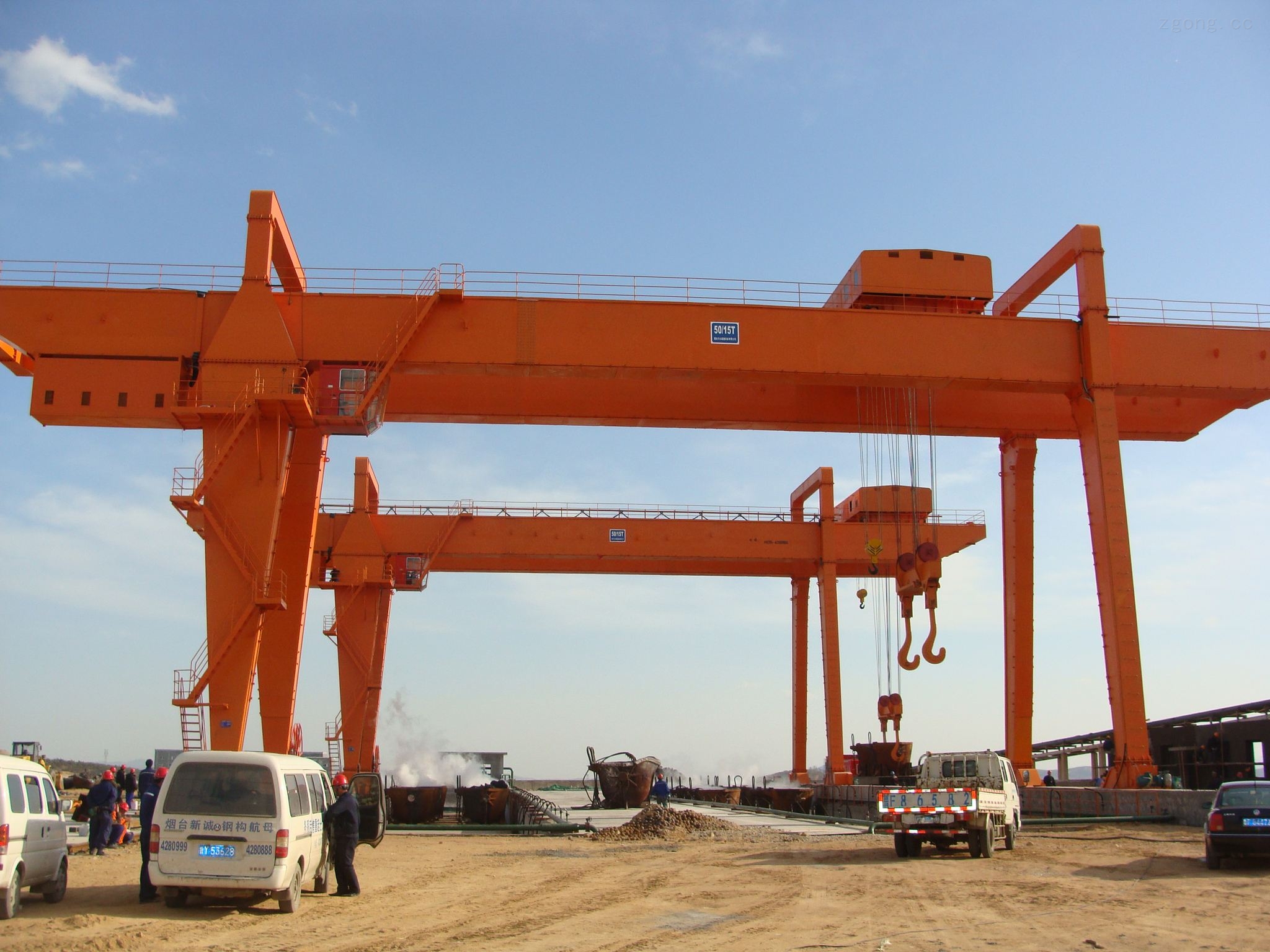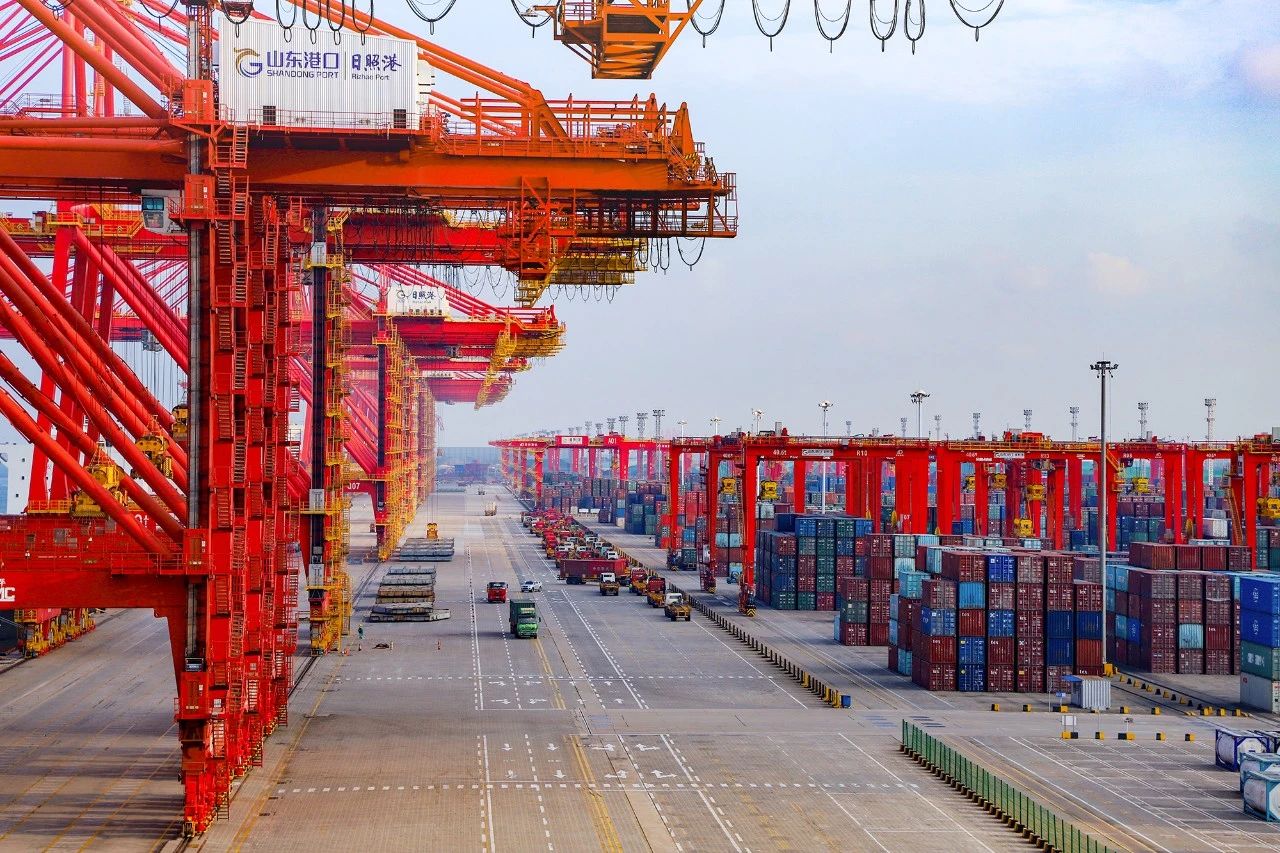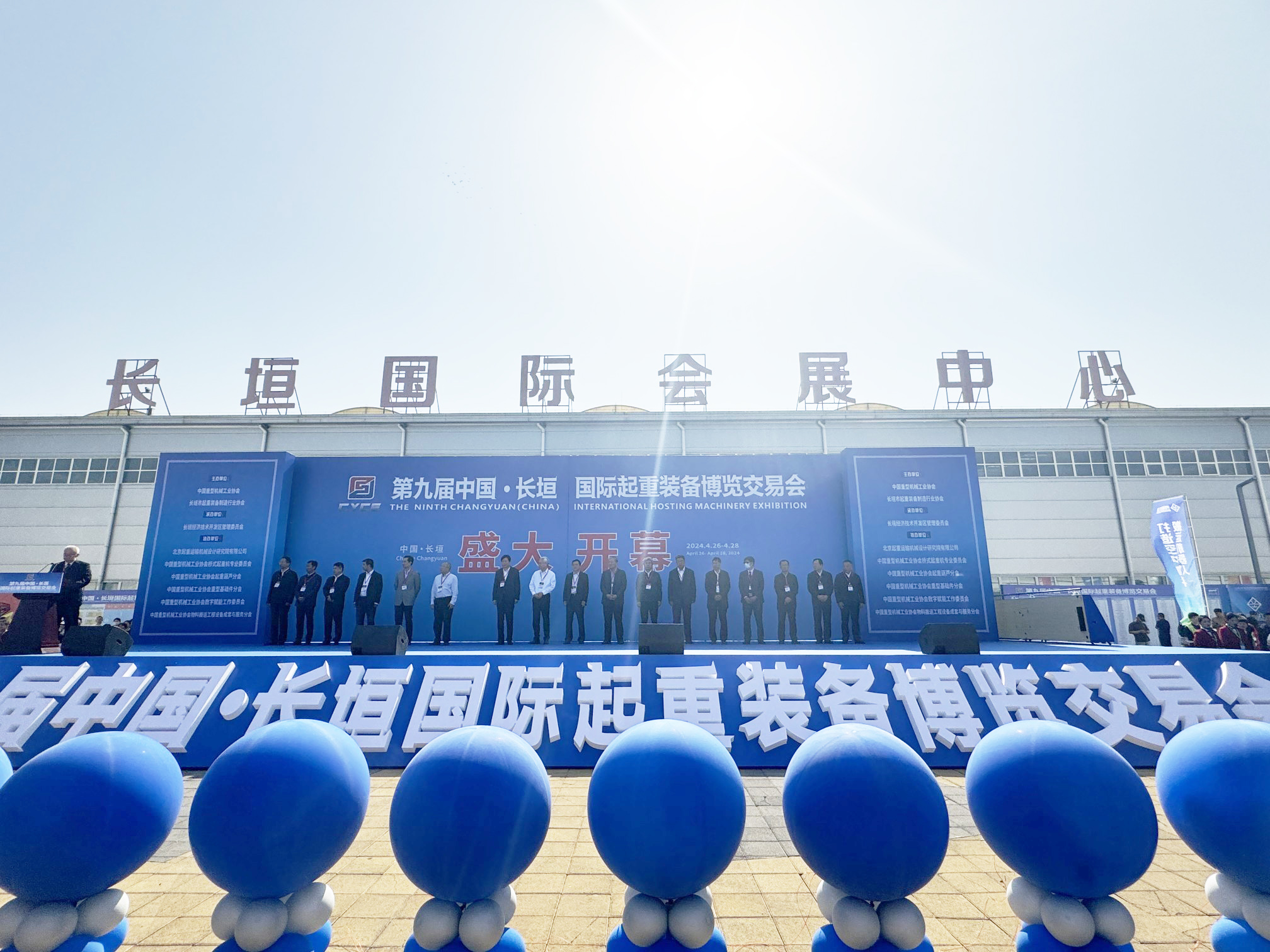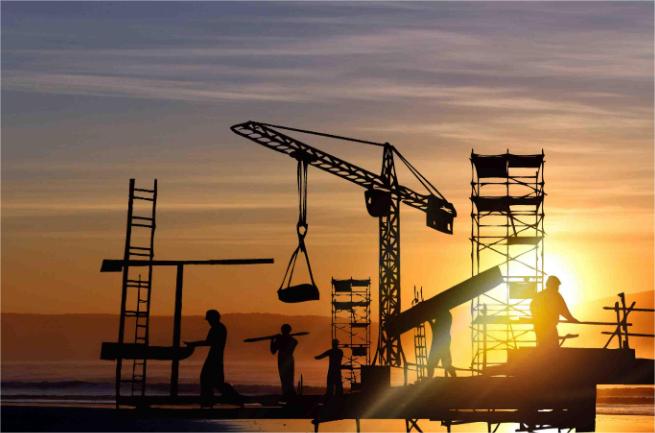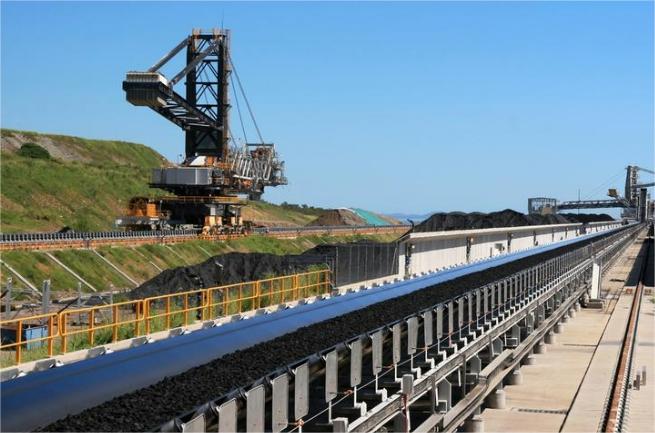The Mystery of the Power and Range of Cranes
In the vast and vibrant modern industrial world, cranes are like an unparalleled steel giant, undertaking the arduous mission of carrying various heavy objects with their astonishing strength and ability. However, when we are amazed by the miraculous performance of cranes, have we ever thought deeply about what key elements determine its impressive lifting range and powerful lifting capacity? Now, let's embark on this exploration journey together to uncover the mysterious veil behind the crane.
Firstly, let's focus our attention on the boom. The boom, like a human arm that stretches freely, its length is undoubtedly one of the key factors determining the lifting range of a crane. A longer boom is like having a wider reach radius, which can extend to a greater distance, allowing the crane to perform its handling skills in a wider space, easily lifting distant objects to designated positions, greatly expanding the lifting range of the crane. Imagine at a large construction site, a crane equipped with an ultra long lifting arm, like a giant with a long arm, can easily reach every corner of the building, accurately and accurately lift the required steel beams, bricks, and other heavy objects, providing a solid guarantee for the smooth progress of the construction project.
The structural strength of the boom is even more crucial, as it is like the cornerstone of the power of a crane. A carefully designed and incredibly sturdy boom is like a strong and bony warrior, capable of withstanding even greater weight. The rationality and stability of its structure directly affect the safety and reliability of the crane when lifting heavy objects. Only a boom with sufficient strength can confidently lift heavy cargo without fear, demonstrating the impressive lifting ability of a crane. In order to achieve such strength, the boom is usually made of high-strength steel, which undergoes precise processing and welding processes to ensure that it does not deform or break under the pressure of heavy objects.
Steel wire rope, as one of the indispensable key components of a crane, its importance is self-evident. It is like the "power cable" of a crane, tightly connecting the boom and heavy objects, undertaking the key task of transmitting power and carrying weight. The specifications and strength of the steel wire rope directly determine the upper limit of the weight that the crane can lift objects. High quality and high-strength steel wire ropes, like tough steel ropes, can lift heavy goods while ensuring safety, allowing the lifting capacity of the crane to be fully utilized. Its diameter, material, weaving method, and other factors will have a significant impact on its strength and durability. Just like a strong rope in a strongman's hand, only when it is strong enough can there be no dangerous situations such as breakage or slipping when lifting heavy objects.
The appropriate length of steel wire rope can also affect the lifting distance and height to a certain extent, providing strong support for the flexible lifting of cranes. If the steel wire rope is too short, it may limit the lifting range of the crane, making it unable to reach distant objects; If the steel wire rope is too long, it may cause shaking or entanglement during the lifting process, which affects the safety and accuracy of the lifting. Therefore, when selecting and using steel wire ropes, it is necessary to comprehensively consider factors such as the specific model of the crane, the weight and distance of the lifted heavy object, to ensure that the length and strength of the steel wire rope can meet practical needs.
The lifting motor, as the power source of the crane, is like the "heart" of the crane, providing a continuous and powerful power for the entire lifting process. The magnitude of its power is directly related to the lifting capacity of the crane. A powerful lifting motor, like a high-performance engine, can output enormous energy and effectively drive the crane to easily lift heavy objects. When facing heavy objects, the powerful lifting motor can unleash a stunning force, lifting them steadily, fully demonstrating the excellent performance and extraordinary ability of the crane.
The overall structure and stability of the crane are also important aspects that cannot be ignored. A stable and reliable crane is like an indestructible fortress. It can always maintain balance during the lifting of heavy objects, ensuring the safety of the entire operation process. The solid structure provides reliable support for key components such as the boom, wire rope, and lifting motor, allowing them to work closely together to achieve the powerful lifting capacity and wide lifting range of the crane. The chassis, supporting legs, tower body and other parts of the crane need to have sufficient strength and stability to withstand the enormous pressure and torque generated when lifting heavy objects. An unstable crane, like an unstable building, can easily overturn or collapse during the lifting process, causing serious damage to equipment and goods, as well as endangering the safety of operators.
The clever design of pulley groups also plays a unique role in the operation of cranes. By properly configuring the pulley group, the efficiency and capacity of lifting can be effectively improved. Just like a sophisticated mechanical transmission system, the pulley group can amplify and transmit the power output by the lifting motor, enabling the crane to achieve more efficient lifting of heavy objects under the same power input. The clever combination of pulleys can change the direction and magnitude of force, making the crane more labor-saving and flexible when lifting heavy objects. For example, by increasing the number of pulleys, greater labor-saving effects can be achieved, allowing the crane to lift heavier objects; By adjusting the arrangement of pulleys, different lifting speeds and accuracies can be achieved to meet various lifting needs.
Advanced control systems are like the "smart brain" of cranes. It coordinates the orderly operation of various components with its precise and intelligent characteristics, making the movement of the crane more precise and smooth. The control system can accurately control key parameters such as the output power of the lifting motor, the speed of wire rope retraction and retraction, and the movement angle of the lifting arm according to the requirements of the lifting task, ensuring that the crane can operate according to the predetermined trajectory and method during the lifting process, avoiding misoperation or instability. A good control system can also achieve automated operation of cranes, improve lifting efficiency and safety. For example, by installing sensors and monitoring equipment, the control system can monitor the operating status of the crane in real time, as well as the weight, position, and other information of the lifted heavy objects. It can promptly detect and handle possible problems, ensuring that the crane is always in a safe and reliable operating state.
In practical engineering and industrial scenarios, we will choose the most suitable crane based on different specific needs. For example, in large construction sites, if it is necessary to lift bulky building materials, a crane with a longer boom and stronger lifting capacity will inevitably be chosen; In some places with relatively limited space, smaller cranes may be needed, but even so, they still need to have a lifting range and lifting capacity that matches their own characteristics. In addition, different types of cranes, such as tower cranes, gantry cranes, crawler cranes, etc., have their own unique advantages and applicability, and need to be selected reasonably based on specific construction environments and lifting tasks.
In short, the lifting range and lifting capacity of a crane are determined by the combined action of many factors. They collaborate and influence each other, jointly shaping the powerful power and wide applicability of cranes. Having a deep understanding of these factors not only allows us to better appreciate the wonders of cranes, but also helps us make the most correct choices and decisions in practical applications, enabling cranes to better contribute to our lives and industrial development. Cranes are like the Hercules of modern industry, playing an indispensable and important role in the journey of building a better world with their unique strength and capabilities. Let us respect and cherish the crane as a great engineering equipment, and witness its creation of more miracles and glory in the future.



